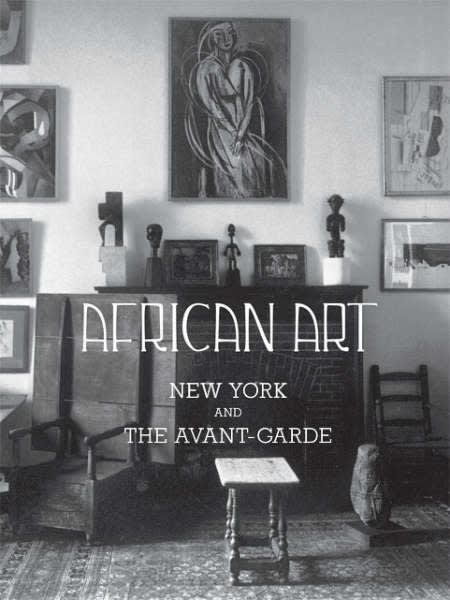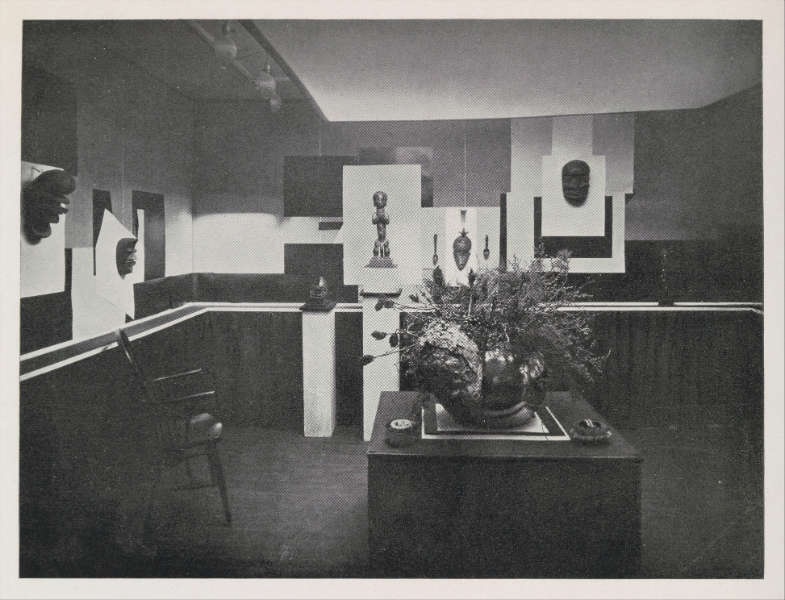
I had the pleasure to receive a personal tour by Yaëlle Biro earlier this year and was quite impressed by this small but highly compelling exhibition. 36 wood sculptures from West and Central Africa are presented alongside photographs, sculptures, and paintings by Alfred Stieglitz, Charles Sheeler, Pablo Picasso, Francis Picabia, Diego Rivera, Henri Matisse, and Constantin Brancusi highlighting the African works acquired by the New York avant-garde and its most influential patrons during the 1910s and 1920s. The exhibition brings together African works from the collections of many key individuals of the period such as Alfred Stieglitz, Marius de Zayas, John Quinn, Louise and Walter Arensberg, Alain LeRoy Locke, and Eugene and Agnes Meyer. Together, these works of art from Africa and the Western avant-garde evoke the original context in which they were first experienced simultaneously almost a century ago. The exhibition is accompanied by a special issue of Tribal Art Magazine. The good news is that this wonderful show just got extended and will run until September 2, 2013. More information here and here. If you’re not convinced yet, you can read a praising New York Times review here.
Thanks to Yaëlle Biro’s meticulous research many of the objects are presented again for the first time after disappearing into private and public collections after those early New York gallery shows. Many of them had not been seen in public in close to a century. From the Stieglitz photo from October 1916 below, Ms. Biro managed to find back the pictured Fang figure, We masks and Lumbo and Bete spoons, a very commendable outcome.
Together with the upcoming quai Branly exhibition about the trailblazing work of Charles Ratton, this exhibition represents a new momentum in the research of the first steps of African art in a western context.
